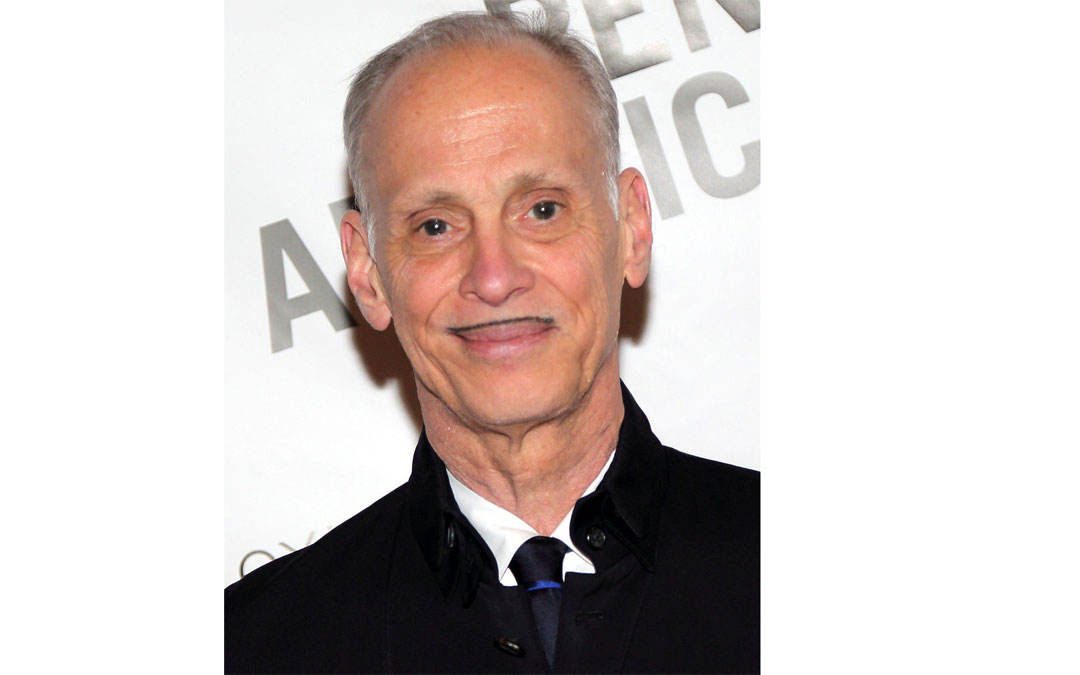If John Waters isn’t careful, he’ll wind up blowing his whole lowlife reputation.
He’s spent decades convincing the entire civilized world he’s Baltimore’s unrepentant bad boy of cinema. He practically drove the old Maryland Censor Board out of their uptight little Victorian minds.
He gave us movies with names like “Multiple Maniacs” and “Mondo Trasho.” He turned a drag queen Lutherville pal named Harris Glenn Milstead into a movie icon called Divine. He gave us Odorama and “scratch and sniff,” in case we missed any of the scatological subtleties in “Polyester.”
As The Sun’s great former movie critic Stephen Hunter once wrote, Waters “celebrated all that was crass, tacky, disgusting, tasteless, and grotesque of this city and its environs.”
And Hunter was complimenting the guy!
But now Waters, clearly mellowing as he heads toward his 75th year, has threatened to screw up his entire image. Last week, he announced he’s bequeathing about 375 prints, paintings and photographs from his private collection to the Baltimore Museum of Art, whose leaders immediately announced their delight.
No kidding.
Who knew that the guy who once made “Eat Your Makeup” and “Hag in a Black Leather Jacket” had the refined taste to have spent his movie earnings collecting such artists as Andy Warhol, Diane Arbus, Roy Lichtenstein, Cy Twombly and Cindy Sherman?
In sincere appreciation, the museum’s leaders named the domed room in one museum gallery, “The John Waters Rotunda.”
Also, careful not to do too much damage to his reputation, they’re also renaming two bathrooms “The John Waters Restrooms.” They did this at Waters’ puckish suggestion.
Should any of this surprise us? Not really.
For all the overt trashiness of Waters’ films –- especially the early ones, where he was establishing his bad-boy rep – Waters in person is the antithesis of his work. He’s a mentsch. He’s shy, courtly and soft-spoken, and he’s a sucker for all kinds of underdogs.
And that’s really the point of his work, isn’t it? These weirdos in Waters’ movies, these freaks, these outcasts – he’s giving us all a laugh, but he’s not making fun of these folks. He’s telling us they’re just like us, doing the best they can.
While the rest of us are trying to outrun our demons, these folks are dealing head-on with them. Life’s dealt them a crummy hand, so they’re fighting back. They’re Waters’ heroes.
Take a movie like “Serial Mom.” Sure, this particular mom (played by Kathleen Turner) kills a bunch of people. But they had it coming. They disrespected her family.
It was also Waters working out a little of his own background. As Hunter wrote, “Serial Mom” is located “in the collective unconscious of Waters’ own generational experience with the bright, bubbly and perfect moms of 1950s TV, those cheerily vapid and relentlessly destructive fables of domestic tranquility.”
And then, of course, there was “Hairspray,” Waters’ sweet serenade to the Bawlamer hometown he’s always called “the hairspray capitol of the world.”
As everybody knows by now, the story was based on the old Buddy Deane Show, the enormously successful teenage dance program that nervous WJZ-TV execs pulled off the air rather than let high school kids of differing skin colors dance together.
Waters has joked that watching the Buddy Deane telecast every day was the only “healthy” obsession that ever led to one of his scripts. When “Hairspray” was becoming a monster hit on the Broadway stage, Waters wrote how pleased he was because eventually “there will be high school productions, and finally the fat girl and the drag queen will get the starring parts.”
That gets us closer to the real Waters, striking a blow for underdogs. That, plus turning a painful racial episode into a comic song-and-dance triumph for the forces of goodness and fair play.
“Hairspray” opened nearly two decades ago. Waters was starting to tarnish his bad-boy image even then. This lovely gift to the Baltimore Museum of Art ought to just about kill it.

A former Baltimore Sun columnist and WJZ-TV commentator, Michael Olesker is the author of six books. His most recent, “Front Stoops in the Fifties: Baltimore Legends Come of Age,” was reissued in paperback by the Johns Hopkins University Press.





